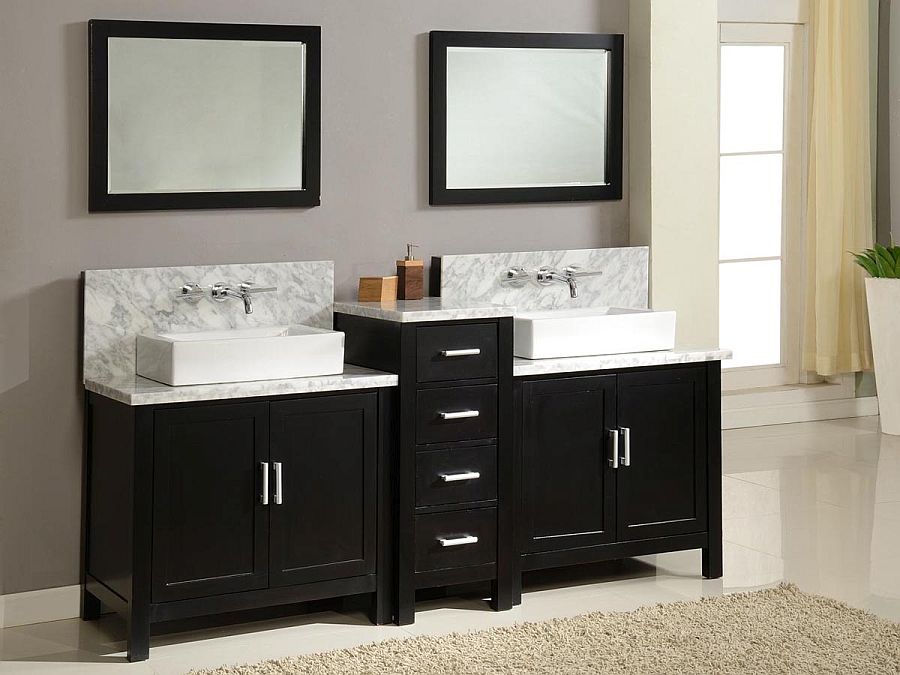Caulking your kitchen sink faucet is an important part of maintaining a clean and functional kitchen. It helps to prevent water from seeping into cracks and causing damage to your countertops and cabinets. In this guide, we will walk you through the steps of caulking your kitchen sink faucet to ensure a professional and long-lasting finish.How to Caulk a Kitchen Sink Faucet
When it comes to choosing the best caulk for your kitchen sink faucet, there are a few things to consider. First, you want to make sure you are using a waterproof caulk that can withstand the constant exposure to water. Silicone caulk is the most commonly used and recommended for kitchen sink faucets. It is flexible, durable, and has excellent water resistance. Look for a caulk that is labeled specifically for use in kitchens and bathrooms.Best Caulk for Kitchen Sink Faucet
To begin, gather all necessary materials including the caulk, caulk gun, utility knife, and a damp cloth. Start by cleaning the area around your sink faucet, removing any old caulk and debris. Next, use the utility knife to cut the tip of the caulk tube at a 45-degree angle. Squeeze a small amount of caulk onto a scrap piece of cardboard to ensure it is flowing smoothly. Then, begin to apply the caulk in a continuous and even line around the base of the faucet. Use your finger or a caulk smoothing tool to smooth out the caulk and create a neat finish. Wipe away any excess caulk with a damp cloth and let it dry completely before using your sink.Step-by-Step Guide for Caulking a Kitchen Sink Faucet
Here are a few tips to keep in mind when caulking your kitchen sink faucet:Tips for Caulking a Kitchen Sink Faucet
Caulking a kitchen sink faucet may seem like a simple task, but it's important to avoid some common mistakes that can lead to a less-than-perfect result. These mistakes include not properly cleaning the surface, using the wrong type of caulk, not smoothing out the caulk, and not allowing enough time for it to dry.Common Mistakes When Caulking a Kitchen Sink Faucet
The frequency of caulking your kitchen sink faucet will depend on the quality of the caulk used, the amount of use the sink gets, and the amount of water exposure. In general, it is recommended to re-caulk every 1-2 years to maintain a strong and waterproof seal. However, if you notice any cracks or gaps in the caulk, it's best to re-caulk as soon as possible to prevent water damage.How Often Should You Caulk a Kitchen Sink Faucet?
If you have old and deteriorating caulk around your kitchen sink faucet, it's important to remove it before applying new caulk. Use a caulk softener or a utility knife to carefully remove the old caulk. Be sure to clean the area thoroughly before applying new caulk for the best adhesion.Removing Old Caulk from a Kitchen Sink Faucet
Mold and mildew can be a common issue in kitchen sink faucets, especially in areas with high moisture and humidity. To prevent this, it's important to choose a caulk with mold and mildew-resistant properties. You can also regularly clean and dry the area around your sink to prevent any build-up of moisture and potential mold growth.How to Prevent Mold and Mildew in Caulked Kitchen Sink Faucets
Having the right tools can make a big difference when it comes to caulking your kitchen sink faucet. In addition to a caulk gun and caulk smoothing tool, you may also want to consider using a caulk removal tool, a caulk softener, and a damp cloth for cleaning up any excess caulk.Best Tools for Caulking a Kitchen Sink Faucet
When choosing the right caulk for your kitchen sink faucet, consider the type of material your sink is made of, the amount of water exposure, and the specific needs of your kitchen. Silicone caulk is typically the best choice for kitchen sink faucets, but make sure to read the label and choose a caulk that is specifically designed for use in kitchens and bathrooms. Caulking your kitchen sink faucet may seem like a small task, but it can make a big difference in the overall appearance and functionality of your kitchen. By following these tips and using the right tools and caulk, you can easily achieve a professional and long-lasting finish. So don't put it off any longer, grab your caulk gun and get caulking!How to Choose the Right Caulk for Your Kitchen Sink Faucet
Why Caulking Your Kitchen Sink Faucet is Essential for a Beautiful and Functional Kitchen

The Importance of Properly Caulking Your Kitchen Sink Faucet
 Properly caulking your kitchen sink faucet is an essential step in creating a beautiful and functional kitchen. Not only does it provide a clean and polished look, but it also helps prevent water damage and mold growth.
Caulking
seals the gap between the sink and the countertop, ensuring that water and food particles do not seep in and cause damage. It also helps to keep your faucet securely in place, preventing any potential leaks.
Properly caulking your kitchen sink faucet is an essential step in creating a beautiful and functional kitchen. Not only does it provide a clean and polished look, but it also helps prevent water damage and mold growth.
Caulking
seals the gap between the sink and the countertop, ensuring that water and food particles do not seep in and cause damage. It also helps to keep your faucet securely in place, preventing any potential leaks.
How to Caulk Your Kitchen Sink Faucet
 Caulking your kitchen sink faucet may seem like a daunting task, but it is actually quite simple. The first step is to clean the area around the faucet with a mild cleaner and let it dry completely. Next,
apply a bead of caulk
around the base of the faucet where it meets the countertop. Use your finger or a caulk finishing tool to smooth out the caulk and remove any excess. Finally, let the caulk dry according to the manufacturer's instructions.
Caulking your kitchen sink faucet may seem like a daunting task, but it is actually quite simple. The first step is to clean the area around the faucet with a mild cleaner and let it dry completely. Next,
apply a bead of caulk
around the base of the faucet where it meets the countertop. Use your finger or a caulk finishing tool to smooth out the caulk and remove any excess. Finally, let the caulk dry according to the manufacturer's instructions.
Choosing the Right Caulk
 When it comes to choosing the right caulk for your kitchen sink faucet, there are a few things to consider.
Waterproof and mold-resistant caulk
is ideal for this area as it will withstand constant exposure to water and prevent any potential mold growth. It is also important to choose a caulk color that matches your countertop or sink to create a seamless look.
When it comes to choosing the right caulk for your kitchen sink faucet, there are a few things to consider.
Waterproof and mold-resistant caulk
is ideal for this area as it will withstand constant exposure to water and prevent any potential mold growth. It is also important to choose a caulk color that matches your countertop or sink to create a seamless look.
The Benefits of a Caulked Kitchen Sink Faucet
 Aside from preventing water damage and mold growth, caulking your kitchen sink faucet has many other benefits. It creates a clean and seamless look, making your kitchen appear more polished and well-maintained. It also helps to keep your sink and countertop in place, preventing any potential movement or damage over time.
Regularly re-caulking
your kitchen sink faucet can also help extend its lifespan and save you from costly repairs in the future.
Aside from preventing water damage and mold growth, caulking your kitchen sink faucet has many other benefits. It creates a clean and seamless look, making your kitchen appear more polished and well-maintained. It also helps to keep your sink and countertop in place, preventing any potential movement or damage over time.
Regularly re-caulking
your kitchen sink faucet can also help extend its lifespan and save you from costly repairs in the future.
Conclusion
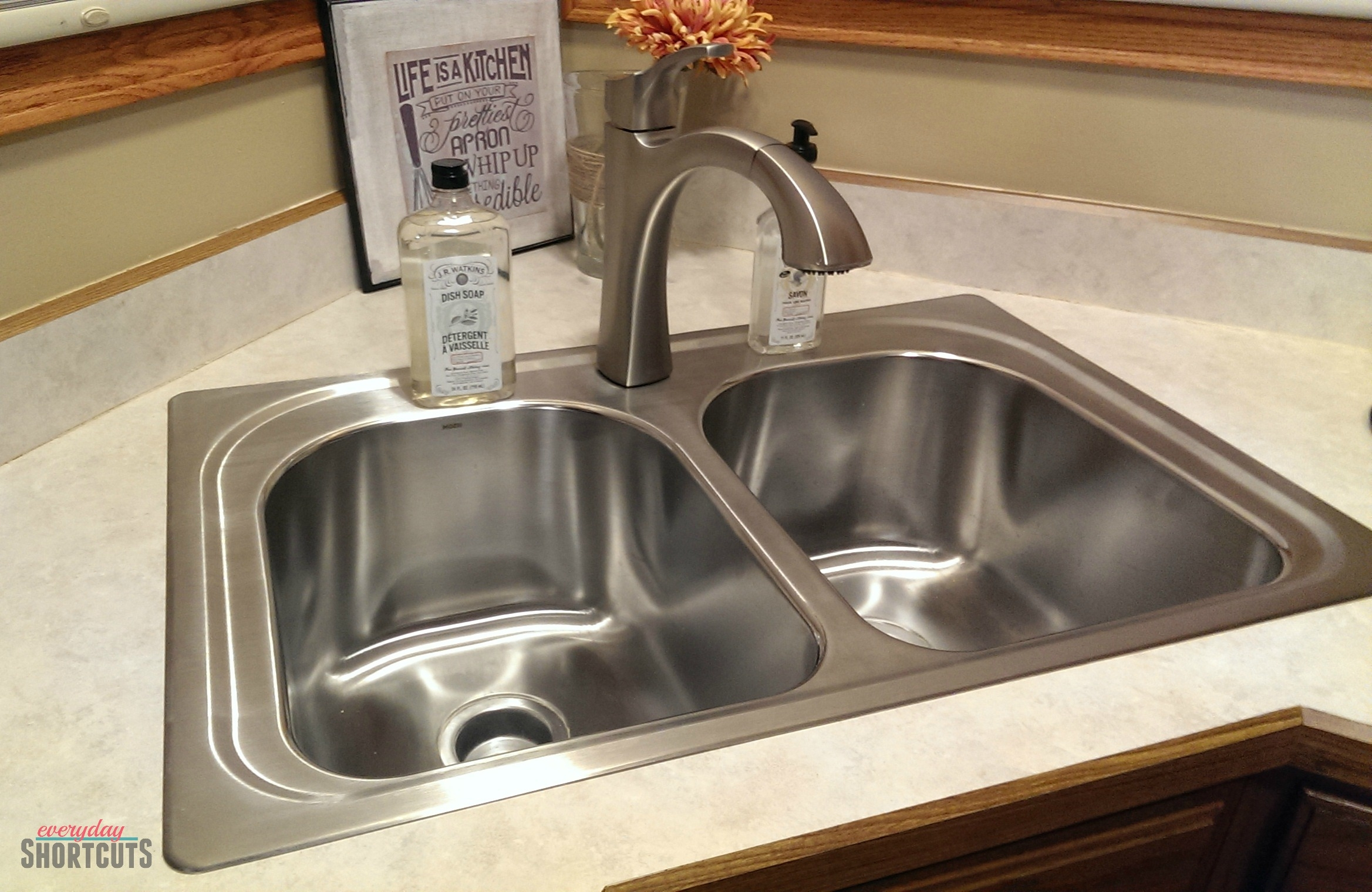 In conclusion,
caulking your kitchen sink faucet
is an essential step in creating a beautiful and functional kitchen. It not only provides a clean and polished look but also helps prevent water damage and mold growth. With the right caulk and proper installation, your kitchen sink faucet can last for years to come, making it a worthwhile investment for any homeowner. So don't neglect this important step in your kitchen design and enjoy a beautiful and functional space for years to come.
In conclusion,
caulking your kitchen sink faucet
is an essential step in creating a beautiful and functional kitchen. It not only provides a clean and polished look but also helps prevent water damage and mold growth. With the right caulk and proper installation, your kitchen sink faucet can last for years to come, making it a worthwhile investment for any homeowner. So don't neglect this important step in your kitchen design and enjoy a beautiful and functional space for years to come.








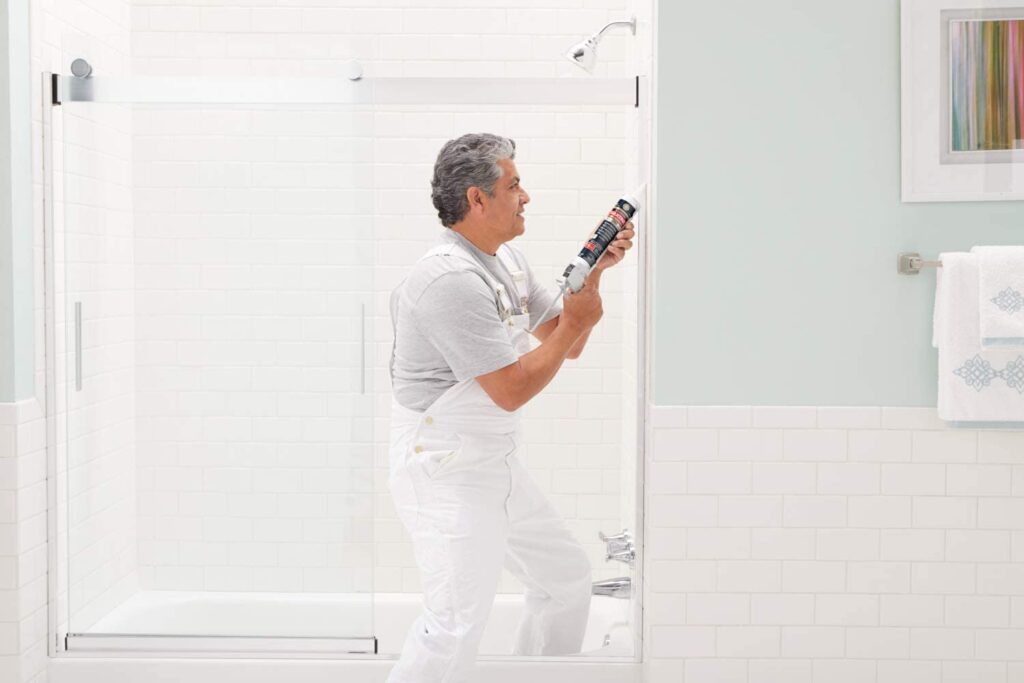













































:max_bytes(150000):strip_icc()/how-to-remove-old-caulk-1824827-01-3d0370c59e124dbbaa6560c68bab111c.jpg)
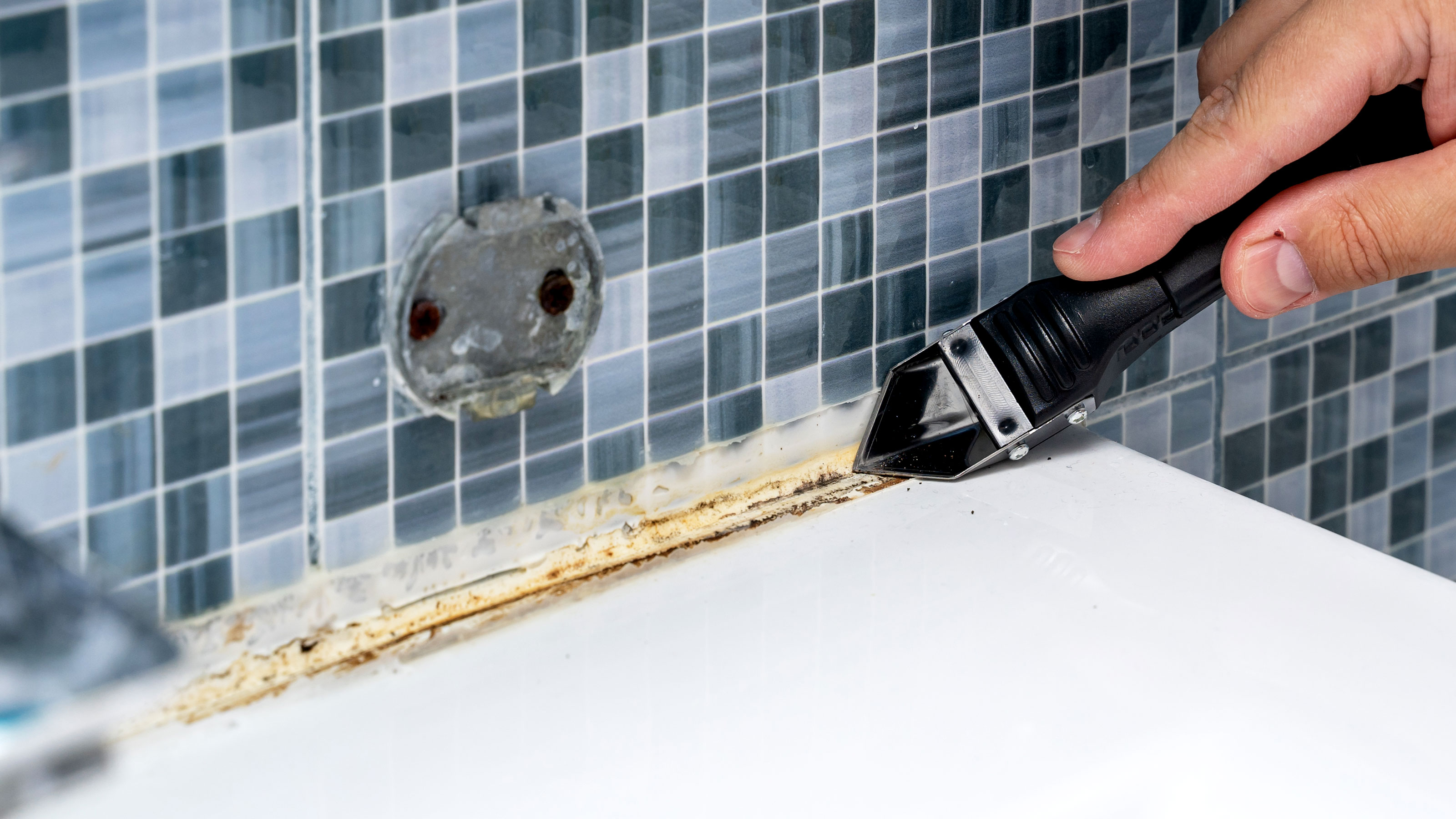












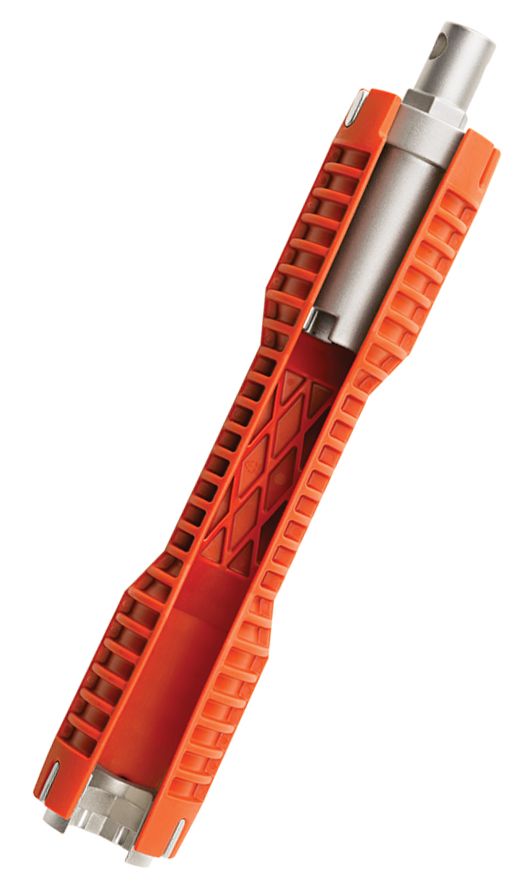













:max_bytes(150000):strip_icc()/Basic-kitchen-sink-types-1821207_color_rev-0b539306b9ef4236a136624ad2a89a4c.jpg)




